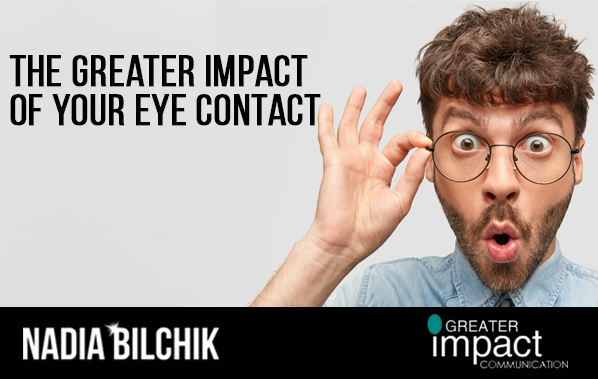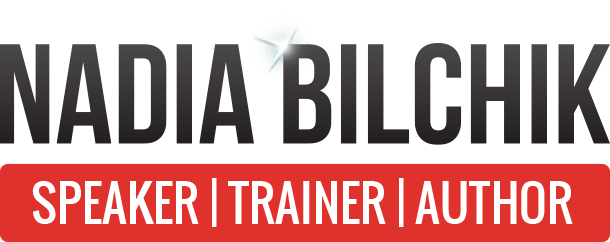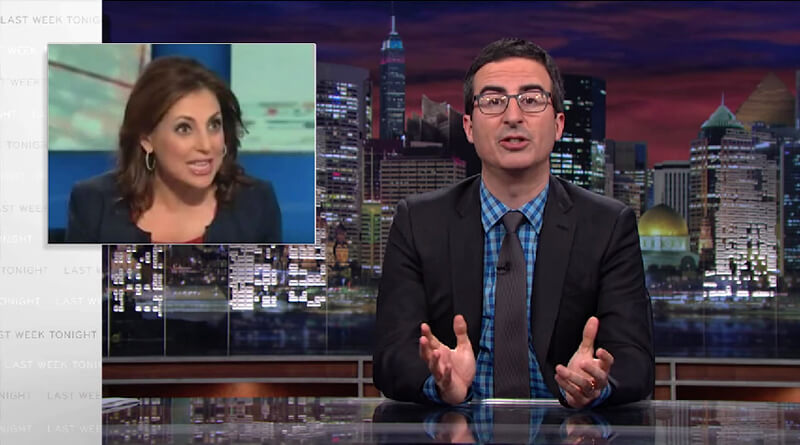
When giving a presentation, one of the most important factors of success is the ability to make your audience feel like you’re genuinely connecting with them and interested in their needs. If they don’t feel like the information you’re giving them has been personalized – if it feels like a memorized speech – you’re likely to lose their interest. Instead, try to make them feel like you genuinely want your presentation to connect with them. One of the best ways to do this is to make eye contact effectively. Here are a few tips to help you do that.
Pay attention to facial expressions
One of the reasons making eye contact is so important is because it helps you tune in to individuals, rather than being overwhelmed by a sea of faces. When you connect with a particular person, taking note of their facial expressions will help you determine if they’re engaged with what you’re saying. While recommendations for how long you should hold eye contact may vary somewhat, the important thing is to make your audience feel like you’re fully present.
Look in all directions
It’s easy to fall into the trap of just making eye contact with the audience members seated immediately in front of you. But it’s important to look around the room and help those sitting in all directions to feel included.
Mix it up
So you’re making eye contact with people in each direction – that’s great! But vary where you look. Don’t just keep moving your eyes in clockwise circles, for example. If the audience notices this, it will seem staged and inauthentic.
Be aware of nonverbal cues
In almost any presentation, there will be a few people who choose to sit in the back and who may be uncomfortable with unsolicited attention. This doesn’t mean you ignore them, but it does mean you likely want to shorten the length of time you hold eye contact with them. Being aware of their body language will let you know how much eye contact they’re likely to be comfortable with.



